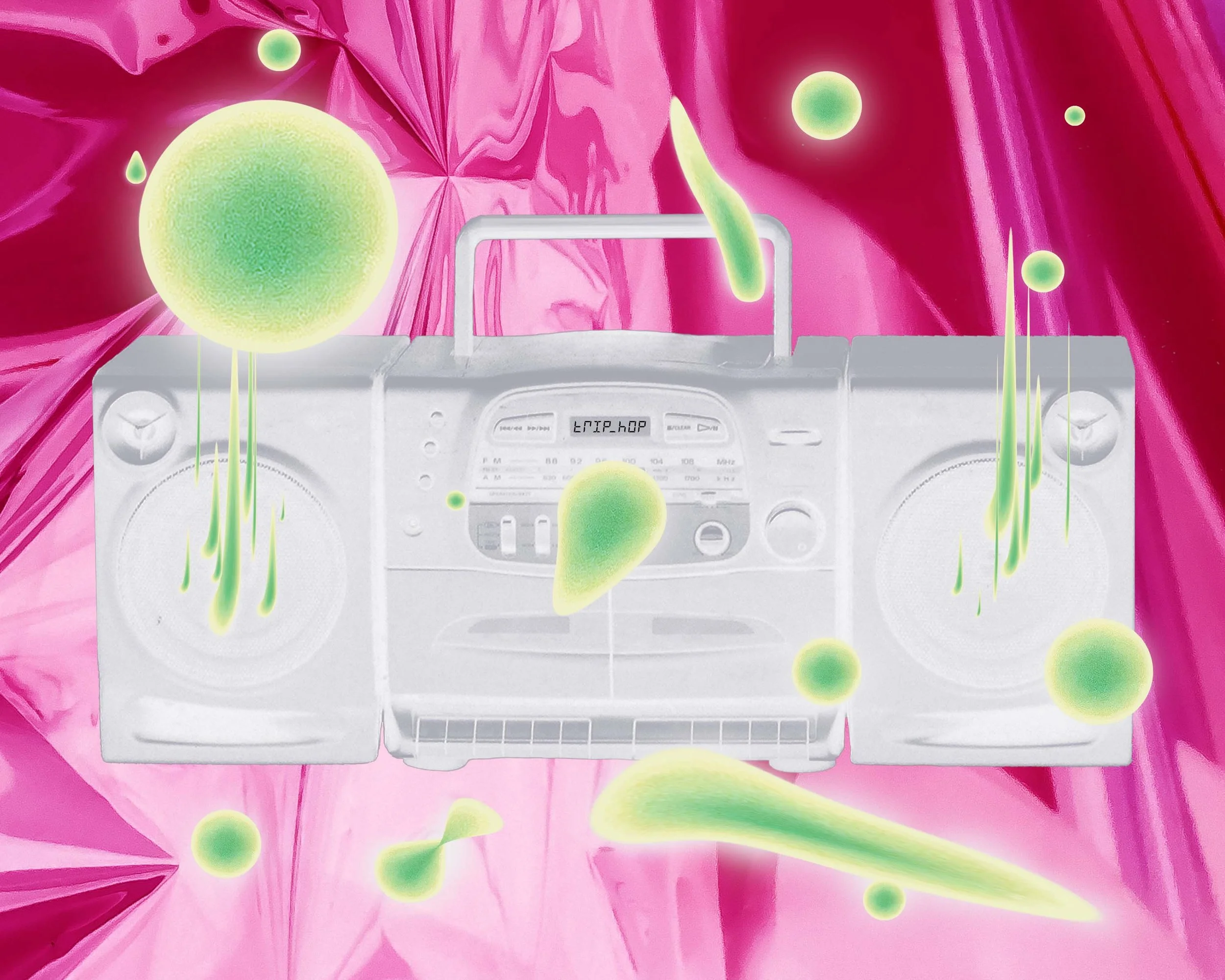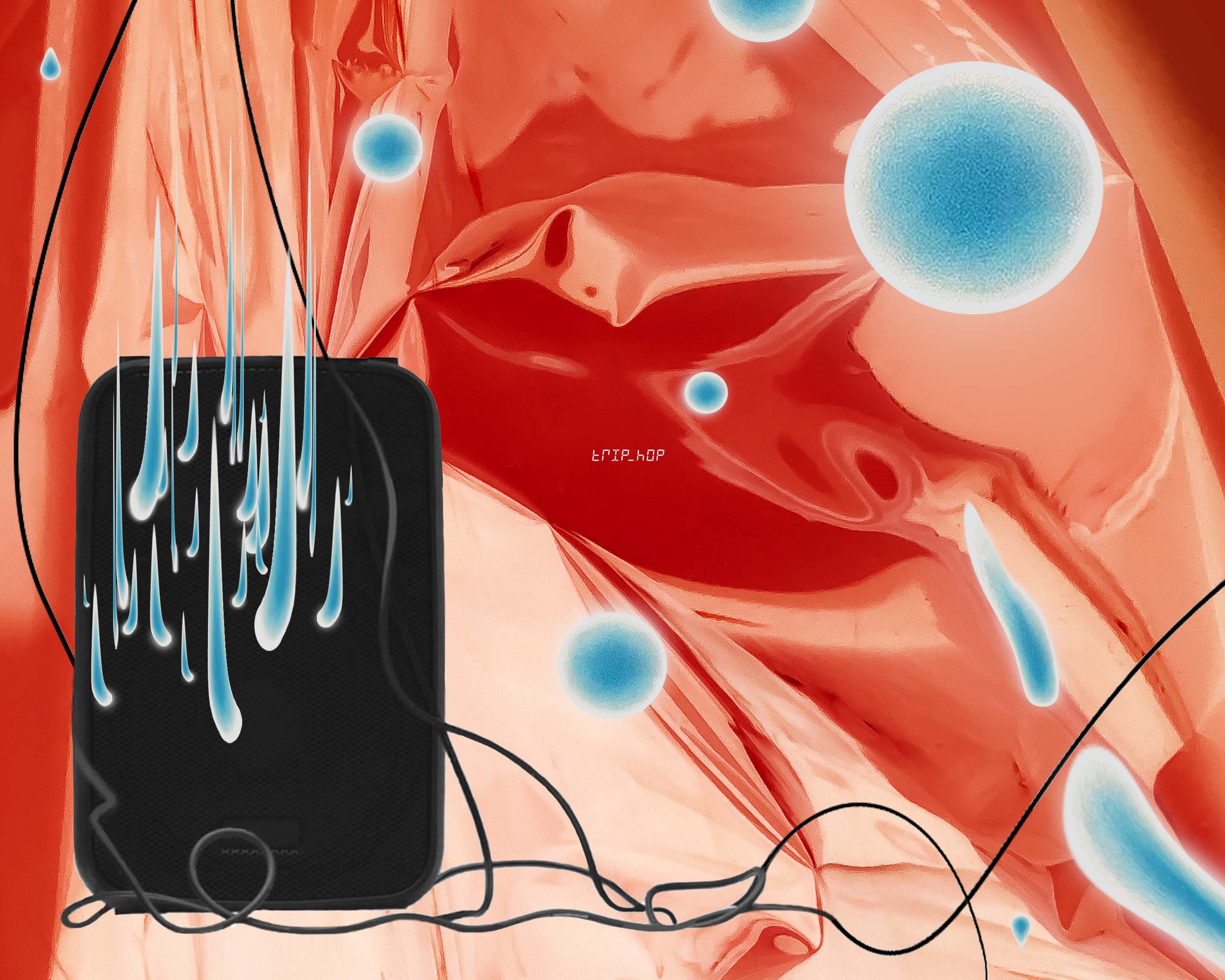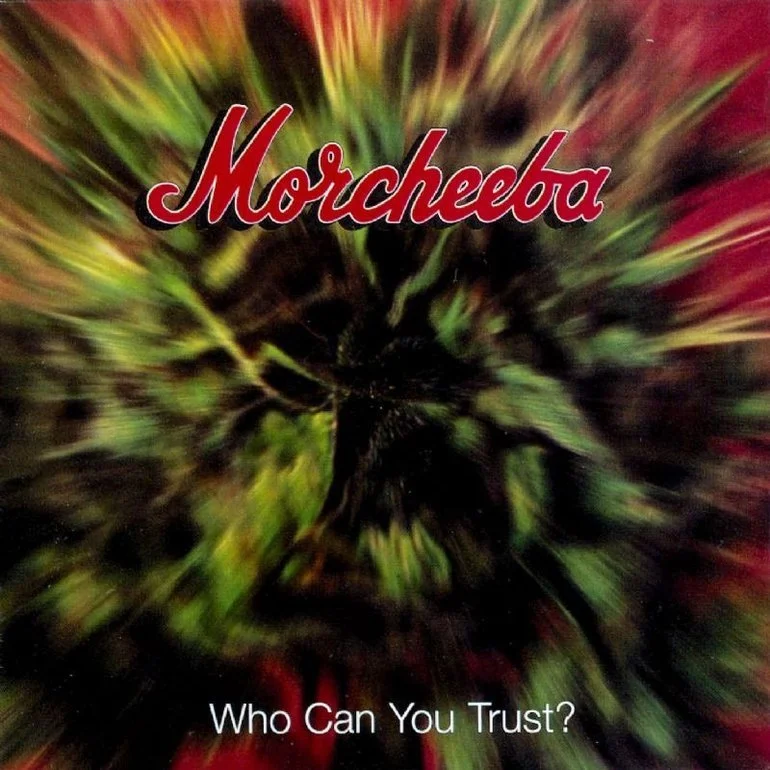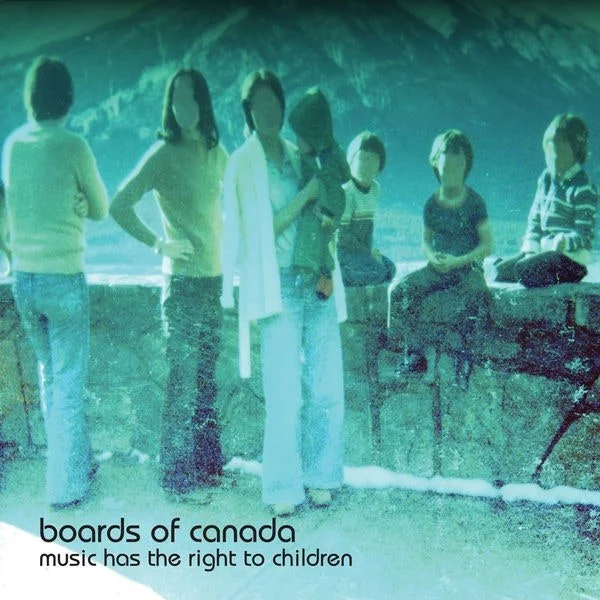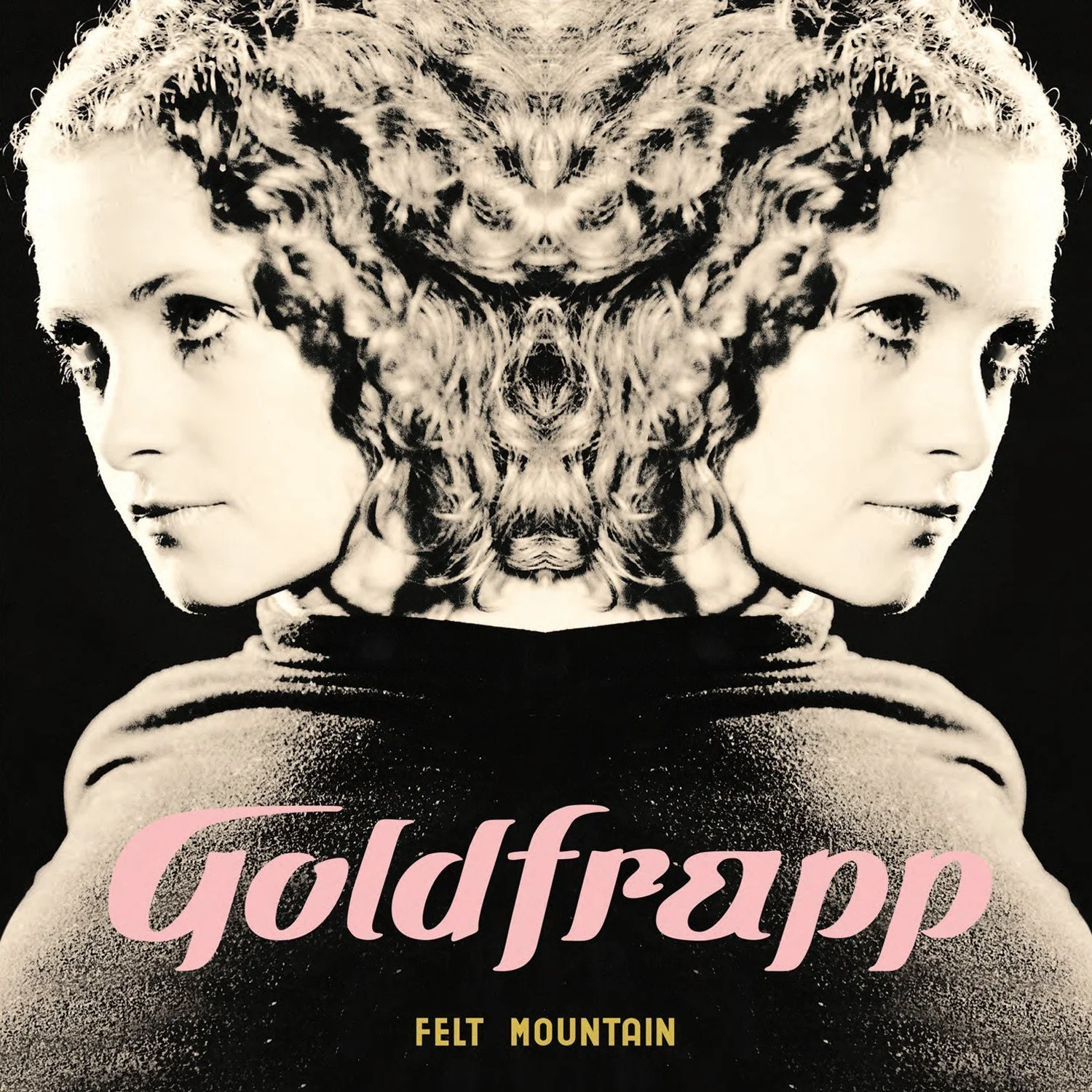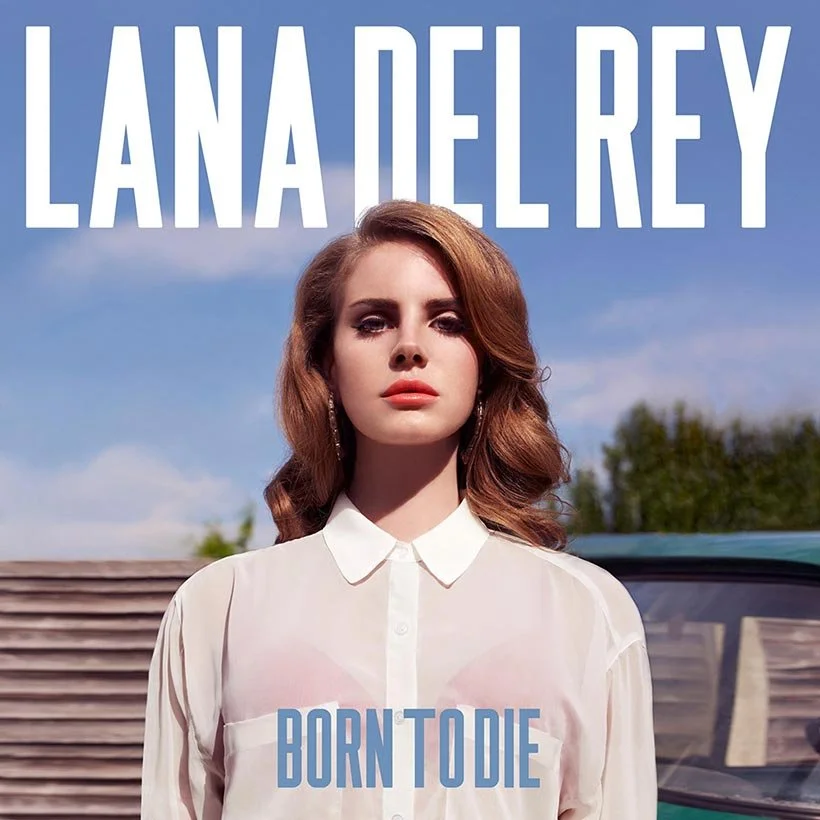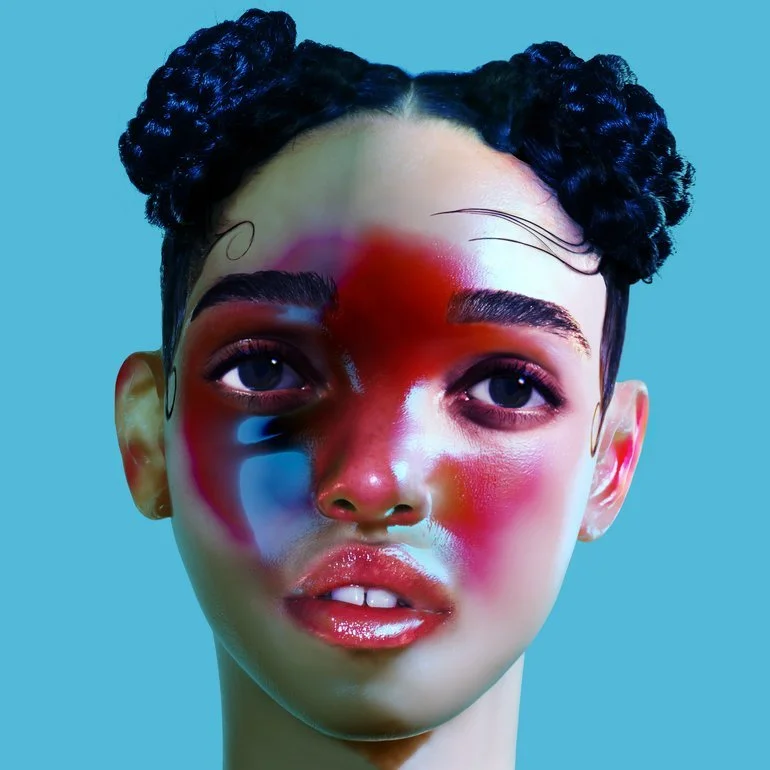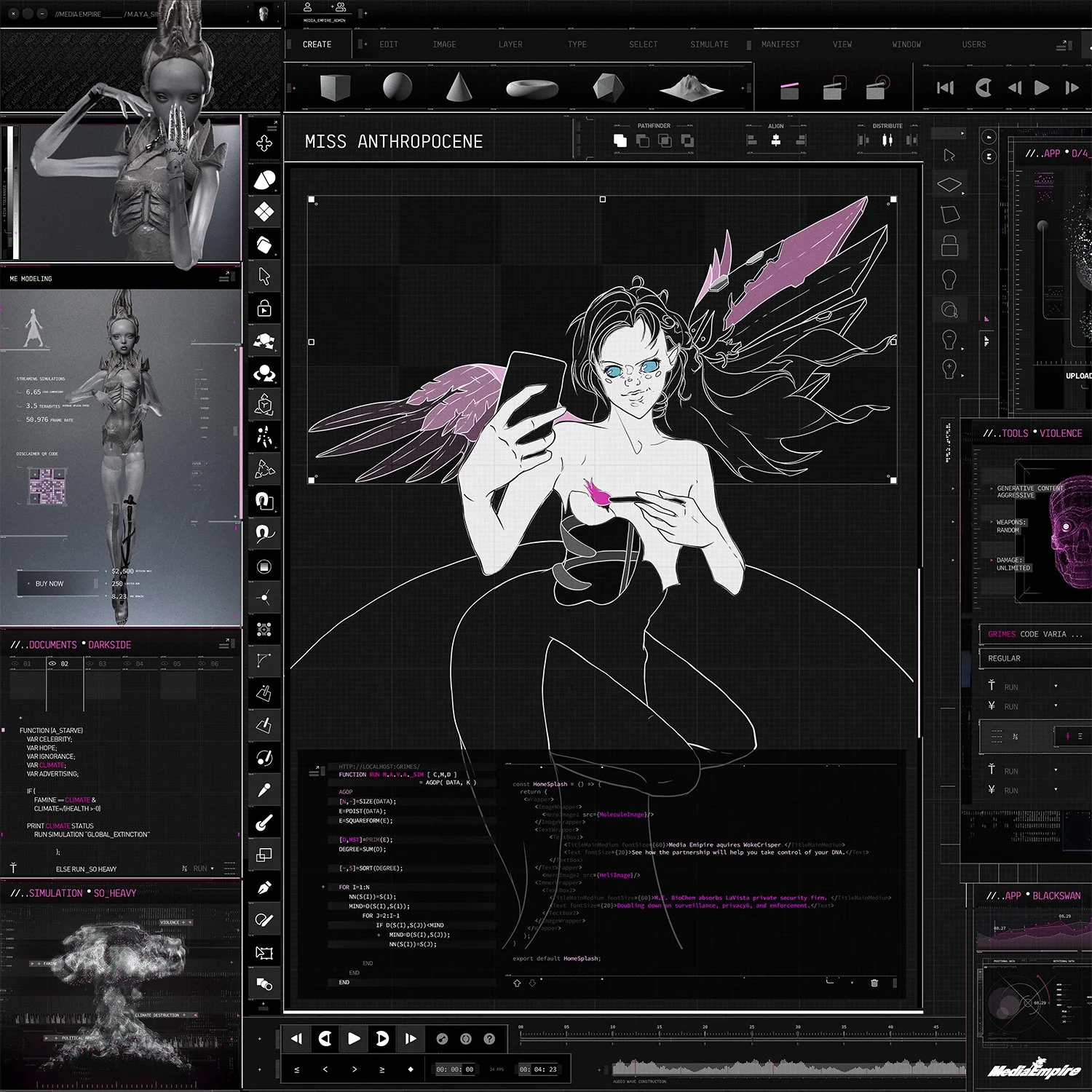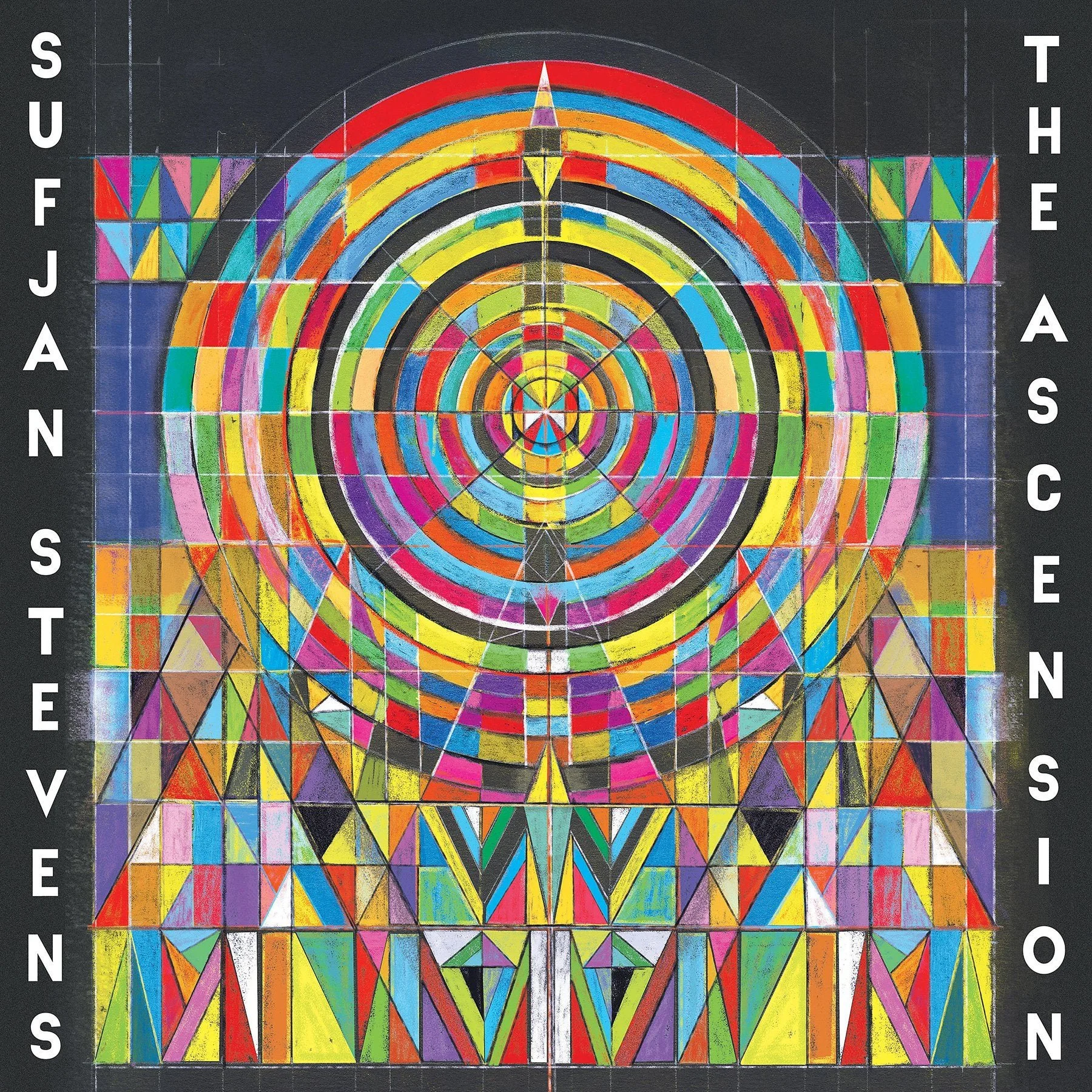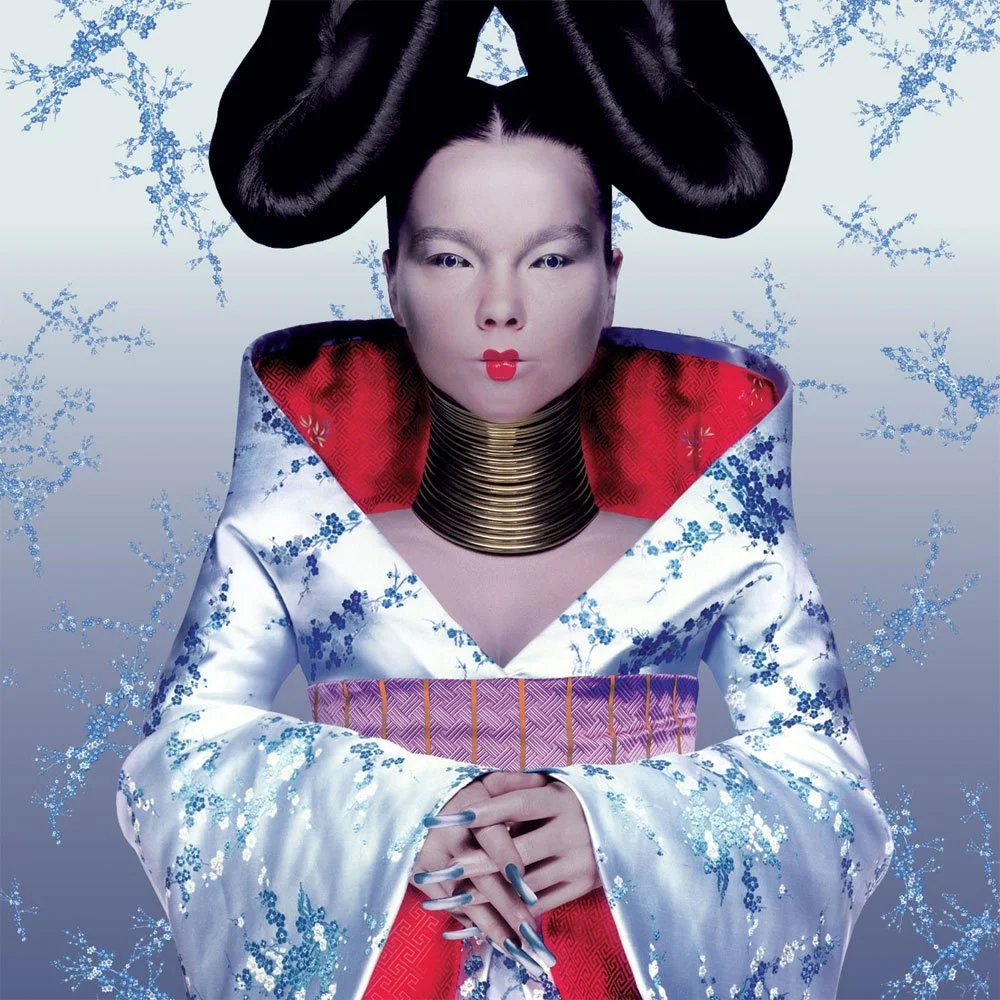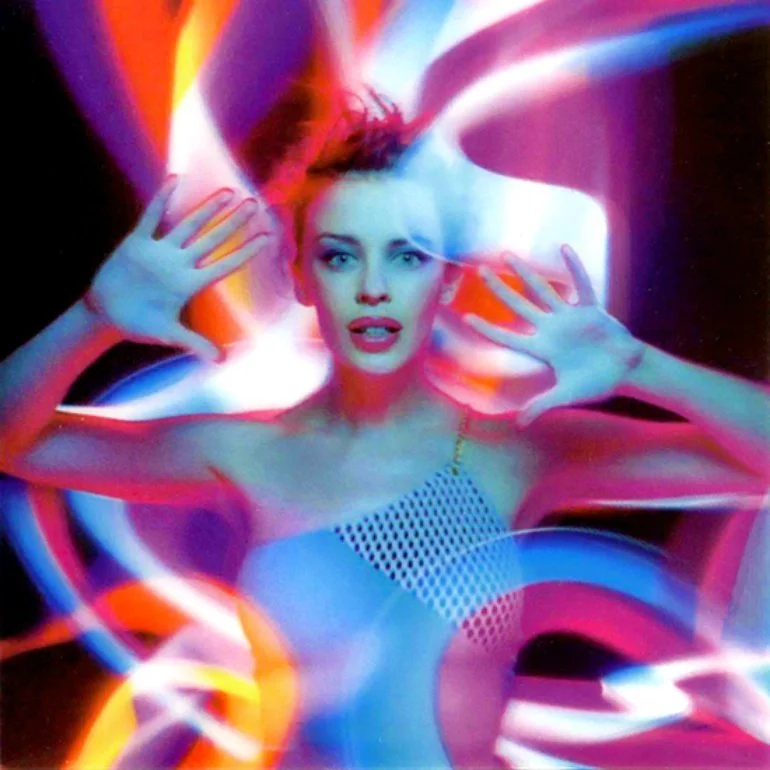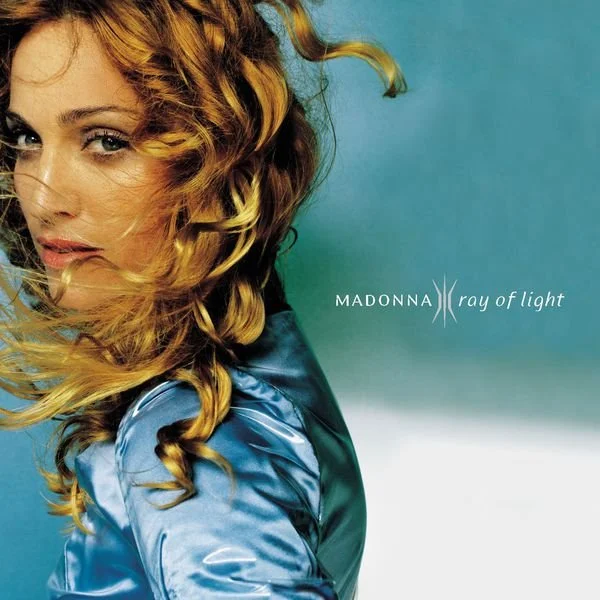Trip-Hop Don’t Stop
Wriiten and Illustrated by: Jack Hoye
A genre born from an experiment, the nearly thirty-year-old style of music has transcended every norm — forever reshaping, redefining, and inspiring not only the sensibilities of artists, but the sonic zeitgeist today.
1992 The underground clubs of England are bubbling with creativity — overflowing into the minds of innovative sonic architects alike. Emerging from the city of Bristol, individuals like 3D, Tricky, Mushroom, Daddy G, Beth Gibbons, Geoff Barrow, Adrian Utley, and Dave McDonald found themselves building these new soundscapes. Soon, these creatives would form the critically acclaimed bands Massive Attack and Portishead.
These bands created an unheard organic whirlpool of swirling sounds by melding esoteric electronica, chilling ambiance, rugged drums, and screaming brass — a blend that effortlessly revolves around deeply affecting lyrics, like poetry. The unique concoction of music became the experimental style of trip-hop.
The term trip-hop first surfaced in the British pop-cultural publication, MixMag. The term was initially employed to describe the musical direction of the song In/Flux by DJ Shadow — an artist known for their contributions to the genre. From here on out, trip-hop veered away from the popular appeal of hip hop culture — think graffiti, breakdance, and rap. During this period, a style of music trending in the United Kingdom called breakbeat — rhythmic music that creates stuttering broken-sounding beats — allowed trip-hop to develop. In time, trip-hop would draw from adjacent genres such as pop, soul, urban, reggae, acid jazz, and downtempo to create its signature appeal.
1993 Trip-hop reaches more mainstream audiences with the release of Debut by Icelandic singer, songwriter, and producer, Björk. This record featured production by Nelle Hooper, a pioneer of this genre and an original member of The Wild Bunch, the band that would become Massive Attack. Influenced by the sounds of this era, Debut could be considered one of the first albums to merge downtempo ambient elements, dance, electronica, and traditional pop. Björk would soon dive deeper into unmistakable trip-hop sounds with the release of her sophomore record, Post. Björk would work more extensively with Nelle Hooper and fuse sounds from Debut, among other styles. Standout trip-hop songs from Post include the singles Hyperballad, Isobel, and Possibly Maybe. The ultimate culmination of this sonic exploration would solidify into the trip-hop drenched production of her third effort, Homogenic. This sensibility used on All Neon Like includes sputtering electronic downtempo rhythms complimented by sweeping synth pads and an ethereal glass harmonica.
Illustration: Jack Hoye
Other artists akin to Björk began pursuing the trip-hop sound, popularizing it even more. Artists like Morcheeba, Goldfrapp, and Kylie Minogue soon incorporated the genre’s essence into their signature styles. Songs like the Eastern-influenced darker tones of Trigger Hippie by Morcheeba, the synthetic mystic whimsey of Lovely Head by Goldfrapp, or the smooth euphoric nature of Jump by Kylie come to mind.
Even Madonna, one of the most renowned entertainers of the twentieth and twenty-first century, has her take on trip-hop — having worked directly with Massive Attack and Nelle Hooper. What yielded from their sessions became her luscious romantic tune, I Want You, featuring iconic production by Massive Attack. A second single, Bedtime Story, included hypnotic droning and thumping house beats produced by Nelle Hooper and written by none other than Björk. Experimentations with artists such as these further cemented the genre’s place in contemporary European and North American music markets — achieving international commercial success and critical acclamation.
Historical context aside and for what descriptors of the genre are worth, there are some notable key features of trip-hop. The first is electronic instrumentation. Rhodes keyboards, theremin, mellotrons, and synthesizers contribute to the psychedelic nature of the sound. Another feature is outstanding deep bass. A strong bass is usually brought into productions to generate a slow groove — think funk and jazz. As far as vocals are concerned, trip-hop often includes spoken word samples. Generally speaking, pre-recorded sounds, spoken word samples, or other vocal manipulations are dubbed on top of the instruments. From an emotional standpoint, trip-hop is quite melancholic.
The genre melds a sense of angst felt in post-punk or rock music with the bold beats of hip hop. Trip-hop becomes a writhing puddle of cerebral sorrow paired with electronic instrumentation.
Today’s mainstream music features many of these quintessential elements. As technology perpetually evolves and breaks the boundaries of what was previously thought impossible to achieve in music, trip-hop has taken new forms. There are a variety of artists whose musical vocabulary, language, and influences can correlate to the genre’s essential elements. Artists span the likes of Lana Del Rey to FKA Twigs. Lana, cloaking her summertime sadness in syrupy strings or dribbly trip-hop rhythms; Twigs offering up contorted elastic sound effects and stylized synths that juxtapose bass and stumbling deconstructed R&B rhythms.
Whether or not you love the trip-hop sound or the artists who exercise it, you cannot deny its influence on pop culture and the shifting taste of the new millennia. Below are some hand-selected recommendations of trip-hop’s best past and present in the hopes that you too can immerse yourself in the kaleidoscopic sine waves of this distinctive music.

